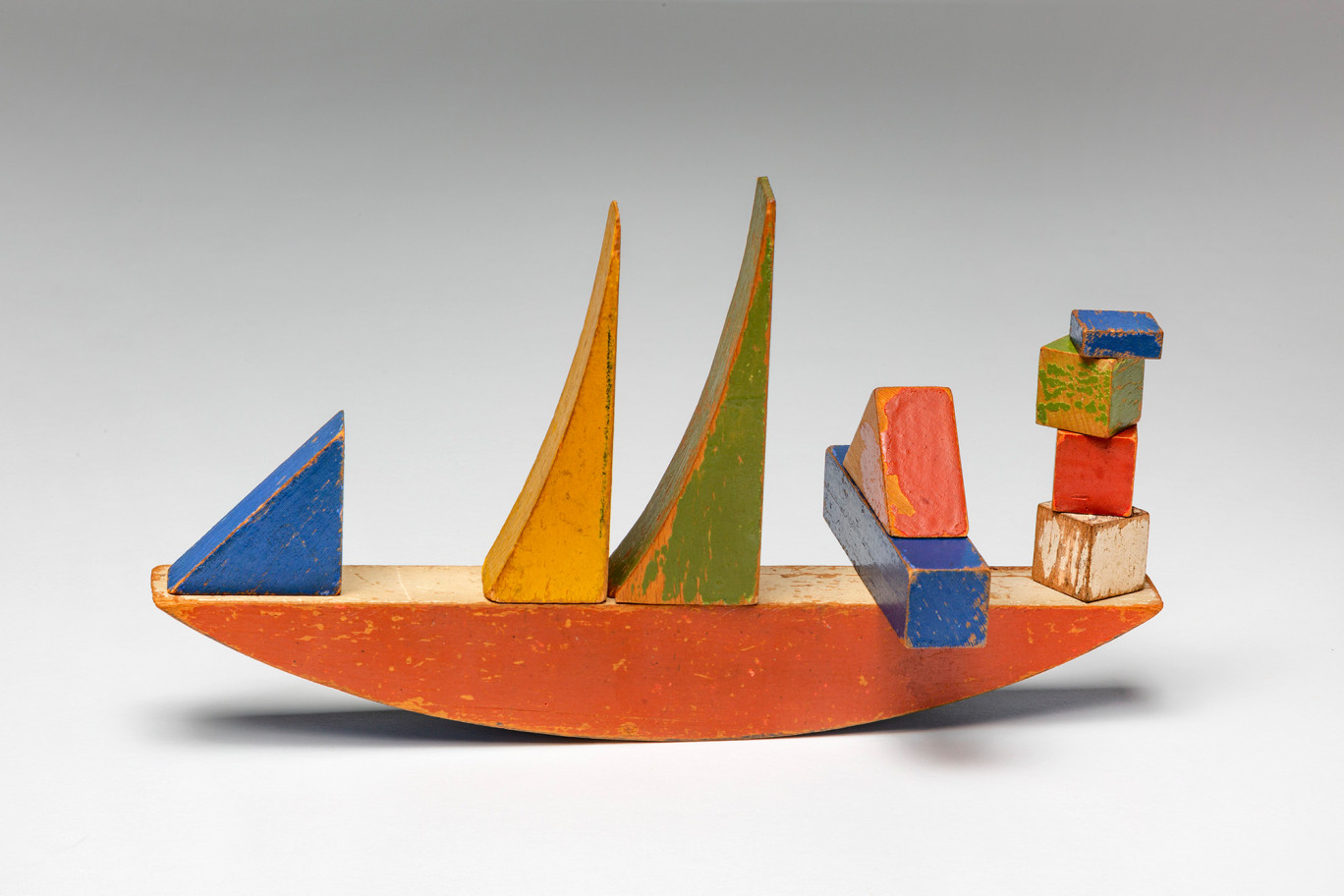BAU [ SPIEL ] HAUS
In 2019, together with the whole of Germany and many international partners, Neues Museum Nuremberg will be celebrating the centenary of the founding of the Bauhaus in Weimar. For a hundred years, the legendary school of design has
been changing the face of our world. Its concepts for education and production, and thus ultimately for remaking the way we live together, remain unsurpassed. A playful approach to teaching was a productive and innovative element of the artistic process at the Bauhaus, and play still leads the way as a strategy in the deep-seated pursuit of artistic expression.
The Bauhaus school used the human urge to play as an engine to drive development and design. Bauhaus masters like Walter Gropius and Johannes Itten already recognized the farreaching social and artistic potential of play, as implemented for example, by the Bauhaus student Alma Siedhoff-Buscher
in her poly-functional playroom. The inclusion of concepts of play and playfulness in artistic development, a time-tested approach that was specifi c to the Bauhaus, is the focus of this major exhibition, which also looks at precursors and explores
the ways the Bauhaus legacy is being passed on via the present to the future. Progressive teaching theories from the nine teenth century are juxtaposed with modern-day equivalents; Friedrich Fröbel’s “Play Gifts” meet with LEGO®
Architecture and Silicon Valley creative laboratories. The exhibition features over one hundred works from over one hundred years, from historical to contemporary.
With works by artists including Friedrich Fröbel, Maria Montessori, Gustav und Otto Lilienthal, Lyonel Feininger, Hermann Finsterlin, Johannes Itten, Oskar Schlemmer, Anni Albers, Ludwig Hirschfeld Mack, Alma Siedhoff-Buscher,
Georg Weidenbacher, Max Bill, Hans Gugelot, Hans Brockhage, Renate Müller, Laurie Simmons, Liam Gillick, Olaf Nicolai, Yto Barrada, Goshka Macuga, Eva Grubinger and Thomas Hawranke.
